80 F. average high on June 19.
93 F. high on June 19, 2016.
June 20, 1992: Abnormally cold conditions occur across the north. Temperatures drop to 26 at Embarrass, MN and Hayward, WI, but the cold spot is 24 at Brimson, MN.
Why We Need a Cutting Edge Weather Service
The weather. It flavors our moods, complicates our commutes, dictates how we dress, impacts the food on our tables & makes planning anything outdoors the rough equivalent of a weekend in Las Vegas.
As much as half a TRILLION dollars of the U.S. economy is impacted by swings in temperature and moisture. Weather causes 32 percent of all airline flight delays. 2017 has unleashed 5 weather and climate disasters across America, according to NOAA NCEI.
Congress just passed the Weather Research and Forecasting Innovation Act of 2017, the first major weather legislation since the early 90s. We need to stay on the cutting edge of meteorological research and technology. Money (and lives) are at stake.
Frequent puffs of Canadian air keep Minnesota relatively comfortable into next week; highs mostly in the 70s. While metro Phoenix bakes at 120F this afternoon. How do people live like that?
I still see 80s and T-storms in time for the 4th - more lake-worthy weather for the big holiday. In the meantime a tropical system will soak the Gulf Coast with flooding rains. It's that time of year.
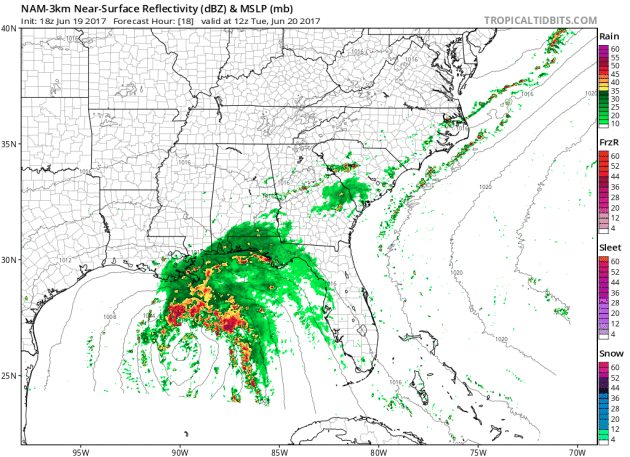
* The ECMWF (European) model, which often does a better job with tropical systems, brings a strong tropical depression or weak tropical storm into Galveston area Wednesday night or Thursday morning.

Praedictix Severe Weather Briefing. Issued June 19, 2017.
* Tropical Storm potential in the Gulf of Mexico over the next 72 hours. "Cindy" may form as early as tonight or early Tuesday.
* "Atmospheric River" of tropical moisture being pulled northward toward the Gulf Coast.
* This will be a persistent, slow-moving, long-duration rainfall event capable of major inland flooding into at least Thursday.
* It bears repeating: the primary threat is not high winds or even storm surge flooding, but torrential/prolonged inland rains capable of urban and river/stream flooding.
* Metro areas from Pensacola and Mobile to Gulfport, New Orleans and Galveston/Houston should pay close attention - facilities that have experienced flooding in the past may be disrupted.




Summary: Sustained winds are 40 mph, right at the threshold for a tropical storm. There's a good chance Tropical Storm Cindy will be named later tonight, with impacts increasing along the Gulf Coast during the day Tuesday. Repeated bands of heavy showers and T-storms sweeping in off the Gulf of Mexico, an "atmospheric river" type event, will focus over 10" of rain on some communities; possibly more than that. The result will be minor to moderate storm surge flooding for coastal communities, but potentially major inland flooding in the days to come. Stay alert, more updates on Tuesday.
Paul Douglas, Senior Meteorologist. Praedictix
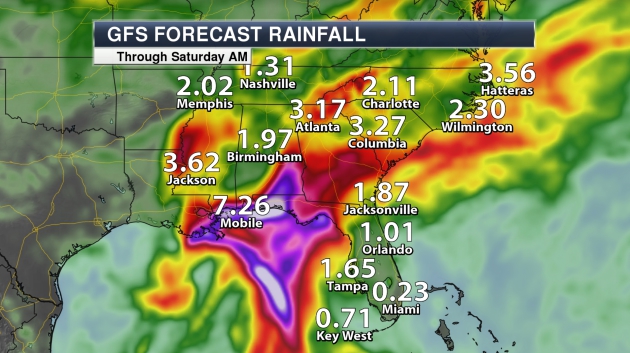
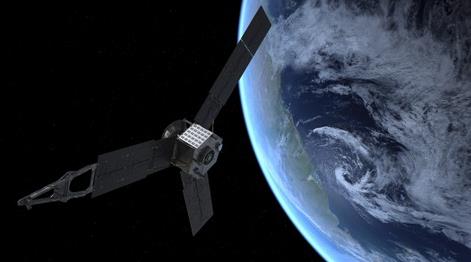
Rising Seas Spurred Record Number of "High-Tide" Floods in U.S. Last Year. I wonder what on Earth could be triggering this? USA TODAY reports: "The U.S. endured a record number of days of high-tide flooding last year largely due to rising seas from man-made climate change, the National Oceanic and Atmospheric Administration said. Across the USA, coastal cities and towns racked up a combined 520 days with high-tide floods, far above the annual average of 275 days over the past couple decades, NOAA oceanographer William Sweet said. That broke the previous record set only a year earlier when 513 flood days were tallied in 2015, he added. The report only examined coastal flooding, not inundation brought on by sudden, heavy rain or overflowing rivers. As sea levels rise, it no longer takes a strong storm or hurricane to cause coastal flooding. It now occurs with high tides in many locations..."
File photo of tidal flooding in Ft. Lauderdale in October, 2016 courtesy of NOAA.
It's June. California Is Still Covered in Snow. Climate Central reports: "The summer solstice is just around the corner, but someone forgot to tell California’s snowpack.
After years of wallowing in drought, this winter walloped California’s
Sierra Nevada mountains in a major, record-setting way. And while the
calendar says summer, winter still has its grips on the granite spine of
the Sierras. NASA Earth Observatory
released satellite imagery on Thursday that shows what a difference a
year makes. Snowpack is at 170 percent of normal when averaged across
the state and some areas are reporting way higher totals than that,
according to the California Department of Water Resources. Alpine
Meadows, located just west of Lake Tahoe, reported 288 inches of snow on
the ground (no, that’s not a typo) as of early June. Deep green hues of
healthy vegetation also extend down the Sierra Nevada western slope,
another benefit of all that precipitation..."
Map credit: "Snowpack around the Hetch Hetchy Reservoir in California in June 2016 vs. June 2017." Left: June 7, 2017. Right: June 20, 2016. Credit: NASA Earth Observatory
The Radical Idea Behind Trump's EPA Rollbacks. Politico reports; here's a clip: "...Pruitt has labeled this vision “EPA originalism,” in a nod to some conservatives’ long-running arguments that judges should interpret the Constitution as the Founders understood it. But several former EPA chiefs say Pruitt and Trump have it wrong — and that the agency’s mission was never as narrow as the current administration wants it to be. “I don’t personally think you can say, ‘I’m somehow going back to what the basic responsibilities of EPA are,’” said Lee Thomas, who led the agency during Ronald Reagan’s second term. “That’s not what EPA is, that’s not where the laws are, and that’s not where the risk is...”
Scott Pruitt Vows to Speed the Nation's Superfund Cleanups. Communities Wonder How. The Washington Post reports: "...In
Bridgeton and elsewhere, others are asking similar questions with
various degrees of hope and hesitation. In his previous role as
Oklahoma’s attorney general, Pruitt had long-standing ties
to oil and gas companies and a litigious history fighting the EPA. And
although he has called the federal Superfund program “vital” and a
“cornerstone” of the EPA’s mission, the Trump administration has
proposed slashing its funding by 30 percent. With more than 1,300 Superfund sites
nationwide — some of which have lingered for decades on the EPA’s
ever-growing “priorities list” — it’s unclear how Pruitt will back up
his professed commitment in an age of scorched-earth budgets. Critics
worry that a single-minded focus on speeding up the process could lead
to inadequate cleanups..."
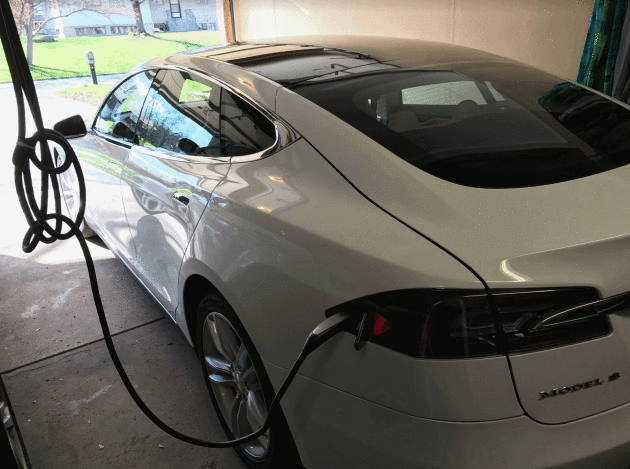
Image credit: Bloomberg New Energy Finance New Energy Outlook 2017. "Note: "Everything else" includes geothermal, biomass and oil-fired power."
Illustration credit: 123 Klan for Fortune.
Image Source: Flickr user Jeremy Noble
“Work as if you were to live 100 years. Pray as if you were to die tomorrow.” – Ben Franklin
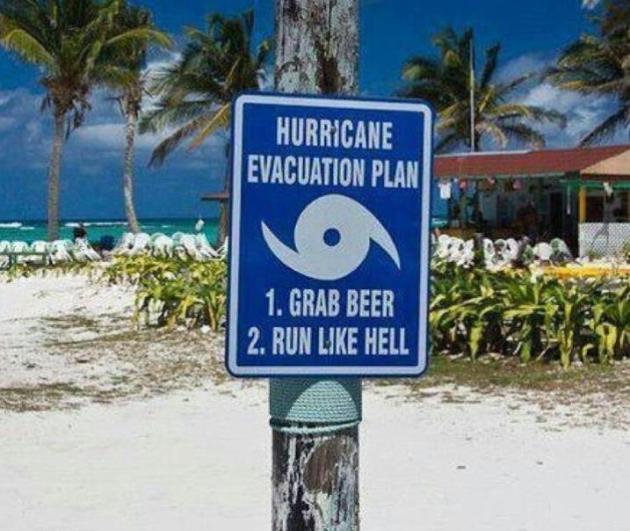

TODAY: Sunny peeks, quick shower possible. Winds: NW 8-13. High: 74
TUESDAY NIGHT: Partly cloudy and comfortable. Low: 59
WEDNESDAY: More showers, a few T-storms late. Winds: SE 8-13. High: 78
THURSDAY: Some sun, a bit less humidity. Winds: NW 7-12. Wake-up: 62. High: 81
FRIDAY: Partly sunny, PM showers up north. Winds: NW 10-15. Wake-up: 58. High: 75
SATURDAY: Showers and T-storms arrive. Winds: NW 7-12. Wake-up: 57. High: 74
SUNDAY: A little better. Sunny breaks but cool. Winds: NW 10-15. Wake-up: 55. High: near 70
MONDAY: Fresh air! Plenty of sunshine. Winds: NW 8-13. Wake-up: 57. High: 75
Climate Stories...
What You Need to Know About Mice, Ticks, Warm Temperatures and Lyme Disease. The Law of Unintended Consequences - a shifting climate has implications many of us haven't thought about. Here's an excerpt from The Washington Post: "...The dangerous trifecta of mice, ticks and Lyme disease might seem like a problem for only rural and suburban areas, but climate change is increasingly making it an issue in cities as well. “We know we’re at risk in the country for getting Lyme,” Wood says, “although people living in concrete jungles should know that they can get it there, too.” Large city parks provide preferred habitat for white-footed mice: small parcels of land, grassy knolls, shady oak trees, brush for safely making nests, and few natural predators. Leo Galland, an internist practicing in New York City, says he treated a woman for acute Lyme after she found a blacklegged tick in her Park Avenue apartment. She had not left the city for months, but she often spent hours in nearby Central Park with her young child, and Galland says he believes a tick may have come home with her..."
Photo credit: "A deer tick under a microscope in the entomology lab at the University of Rhode Island." (Victoria Arocho - Associated Press).
Lawmakers Say GOP Reigning In DNR Scientists who Rebelled on Climate Change. Madison.com has the story: "Deep in Gov. Scott Walker’s budget proposal is a seemingly benign item formalizing the transfer of 15 scientists within the Wisconsin Department of Natural Resources. Two years ago, Walker and lawmakers enacted a budget that cut 18 DNR science service bureau researchers amid complaints that their research related to climate change, pollution and wildlife habitat were controversial and unneeded. Now the science services bureau is being dissolved and its remaining scientists moved to program offices that use their research..."
If Trump Won't Fight Climate Change, We Must - For the Troops' Sake. Here's an excerpt from Defense One: "...Choosing not to take action against climate change will put our troops in harm’s way more often in the not-so-distant future. Here’s why: The Pentagon has long acknowledged climate change as a “threat multiplier” because its effects make the work of our men and women in uniform around the world even more difficult than it already is. More frequent and severe storms and droughts—and their consequences, including resource shortages and mass migration—mean the U.S. military will be asked take on more humanitarian relief missions, there will be stronger extremist groups on the battlefield, and possibly worse. These aren’t fringe views. Defense Secretary Jim Mattis made the argument himself in his confirmation hearing testimony..."
Photo credit: Marko Drobnjakovic "U.S. Army soldiers move through Qayara West Coalition base in Qayara, some 50 kilometers south of Mosul, Iraq."

Antarctica is Melting, and Giant Ice Cracks Are Just The Start. What can possibly go wrong. Here's an excerpt from National Geographic: "Seen from above, the Pine Island Ice Shelf is a slow-motion train wreck. Its buckled surface is scarred by thousands of large crevasses. Its edges are shredded by rifts a quarter mile across. In 2015 and 2016 a 225-square-mile chunk of it broke off the end and drifted away on the Amundsen Sea. The water there has warmed by more than a degree Fahrenheit over the past few decades, and the rate at which ice is melting and calving has quadrupled. On the Antarctic Peninsula, the warming has been far greater—nearly five degrees on average. That’s why a Delaware-size iceberg is poised to break off the Larsen C Ice Shelf and why smaller ice shelves on the peninsula have long since disintegrated entirely into the waters of the Weddell Sea. But around the Amundsen Sea, a thousand miles to the southwest on the Pacific coast of Antarctica, the glaciers are far larger and the stakes far higher. They affect the entire planet..."
Photo credit: "A startling sunset reddens the Lemaire Channel, off the west coast of the Antarctic Peninsula. The continent’s coastal ice is crumbling as the sea and air around it warm." Camille Seaman.

Photo credit: "Bill and Michele Garofalo and their children, Amanda and Billy, on their top deck in Ortley Beach." Tony Cenicola - The New York Times.
No comments:
Post a Comment